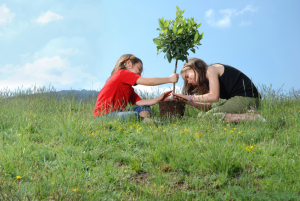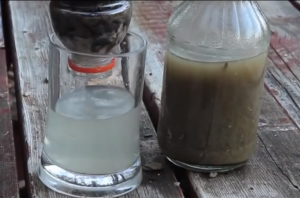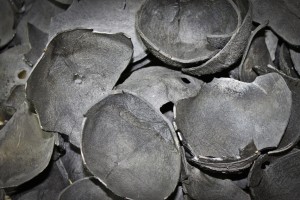
Going green is a big trend nowadays. The truth is that everything single thing we do every day has an impact on the planet — good or bad. The good news is that as an individual you have the power to control most of your choices.
Eat real food
Eat seasonal, local, organic foods. This way we can enjoy fresher, tastier foods and improve our personal health. Organic milk has 68% more beneficial Omega-3 fatty acids than conventional milk. Making green food choices also has global consequences. Buying local reduce the greenhouse gas emissions from transportation, and reduce packaging and energy used for processing.
Better transportation, better global climate
Anytime you choose to walk, ride a bike, or try public transportation, you reduce the carbon dioxide and particulate emissions created by your own vehicle. You help combat global warming. Choosing greener options such as a train over air travel for long-distance trips can also greatly reduce your carbon footprint.
Simply recycle
Utilize the recycle bin near your neighbourhood. Reducing the amount of stuff we consume is important; finding a practical use for waste materials is the second. Remember, nothing is ever really thrown “away” – it all has to go somewhere. By recycling and reusing, we reduce the amount of waste that occupies in landfills (where trash takes years of time to degrade.). Recycling materials also reduce the use of new materials for making new products.
Smart clothing choice
Making clothing needs a large amount of materials, energy, and labour. By choosing eco-friendly clothing (let’s say the organic one), you also choose a better product that gives less burden to our land. Also use cold water in the washing machine and eco-friendly detergents can all reduce the environmental impact. Secondhand clothes can also save the energy and your pocket.



